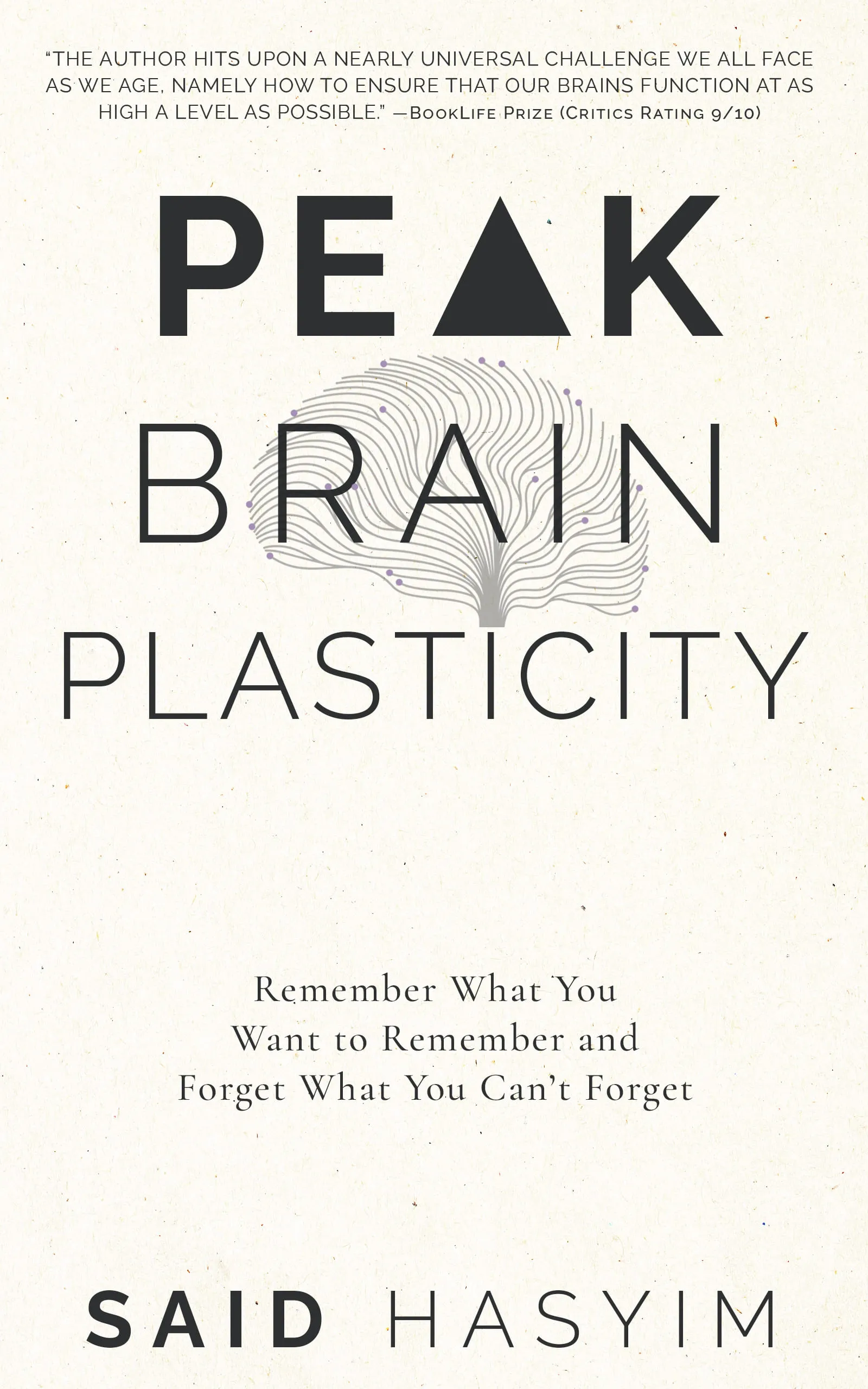Using Visualization Techniques for Better Recall
In an age where we're bombarded with information from all sides, retaining what we learn can often feel like an uphill battle. Whether you're a student studying for exams, a professional absorbing workplace training, or simply someone seeking to remember important details, the challenge of recall is universal. Fortunately, there are various techniques that can enhance your memory, and visualization is one of the most powerful among them. In this post, we explore what visualization techniques are, how they work, and practical tips to apply them for better recall.
What is Visualization?
Visualization, in the context of memory and learning, is the process of creating mental images or diagrams to represent information visually. It allows individuals to connect abstract concepts with concrete imagery, making the material more memorable. When we visualize, we tap into the brain’s natural affinity for images, which can improve our ability to store and retrieve information.
Why Visualization Works
Dual Coding Theory: This theory posits that our brain processes information more effectively when we represent it in multiple forms. By combining verbal and visual information, we engage different cognitive pathways, leading to improved understanding and recall.
Emotional Connections: Visuals often evoke emotions, which can bolster memory. When we associate facts with images that induce an emotional response, we tend to remember those facts better.
Chunking Information: Visualization allows us to break down complex information into manageable chunks. By creating a visual representation, we can identify patterns and relationships that may not be immediately apparent in text alone.
Types of Visualization Techniques
Here are some effective visualization techniques that can help enhance recall:
1. Mind Mapping
Mind mapping is a graphical way to represent ideas and concepts. It involves writing a central idea in the middle of a page and branching out with related thoughts or subtopics. This technique helps clarify relationships and hierarchies between concepts, making it easier to remember information.
Tip: Use colors, images, and symbols to make your mind map visually stimulating. The more visually engaging your mind map, the better your recall is likely to be.
2. Diagrams and Flowcharts
Sometimes, data or processes can be complex, making them harder to understand through text. Using diagrams or flowcharts can simplify the information and show clear relationships between components. This is particularly useful for organizational hierarchies, processes, or cause-and-effect relationships.
Tip: Identify key elements or processes and use different shapes or colors to distinguish between various types of information. This visual differentiation further enhances retention.
3. The Method of Loci
Also known as the Memory Palace technique, the method of loci involves associating information with specific locations in a familiar place, typically a room or building. By visualizing placing information along a path in this location, you can effectively retrieve it later as you mentally walk through that space.
Tip: Choose a place you know well and create vivid and imaginative images for the information you want to remember. The more ridiculous or surprising the images, the more likely you’ll remember them.
4. Infographics
Infographics combine text and visuals to represent information succinctly. They can present statistics, timelines, and workflows in a way that is easier to digest. Creating your own infographics can also be a valuable learning tool, forcing you to distill the material into its most essential parts.
Tip: Use free online design tools to experiment with different layouts and designs for your infographics, making them as engaging and informative as possible.
5. Visual Storytelling
This approach involves weaving information into a narrative alongside visuals. By telling a story that connects the concepts, the learning is contextualized, and the recall is improved. Stories enhance emotional engagement, making the details more memorable.
Tip: Create a personal story around the information you want to remember, incorporating characters, challenges, and resolutions. This personal touch will make it more meaningful and memorable.
Practical Tips for Effective Visualization
Practice Regularly: Like any skill, visualization improves with practice. Set aside time each week to experiment with different techniques.
Combine Techniques: Don't hesitate to use multiple visualization techniques together. For example, you can create a mind map and then turn sections of it into infographics.
Review and Revise: Regularly revisit your visual aids and tweak them based on your evolving understanding. This continuous refinement reinforces memory.
Teach Others: Sharing what you’ve learned using your visualizations is an effective way to consolidate your knowledge. Explanation helps reinforce your understanding and recall.
Use Technology: Explore digital tools and apps that can facilitate visual learning. There are many mind mapping software options, infographic creators, and other apps designed to enhance visual learning.
Conclusion
As we've seen, visualization techniques can significantly enhance your ability to recall information. By transforming abstract concepts into tangible images, you engage your brain's natural processes and make learning far more effective. Whether you're preparing for an exam, absorbing new professional skills, or simply trying to remember more day-to-day information, consider incorporating visualization into your study and learning routines.
In a world overflowing with information, mastery of these techniques can set you apart, leading to not just better recall but a deeper understanding of the material at hand. So pick up a pen, open your mind, and start visualizing your way to improved memory today!
Harness the Power of Neuroplasticity
Discover Peak Brain Plasticity, a practical book to harnessing neuroplasticity. Enhance your memory, learn new languages quickly, and alleviate anxiety with effective study methods. Uncover daily habits that impact cognitive health and explore techniques for accelerated learning and memory retention. Unlock your brain's potential for growth and transformation.
